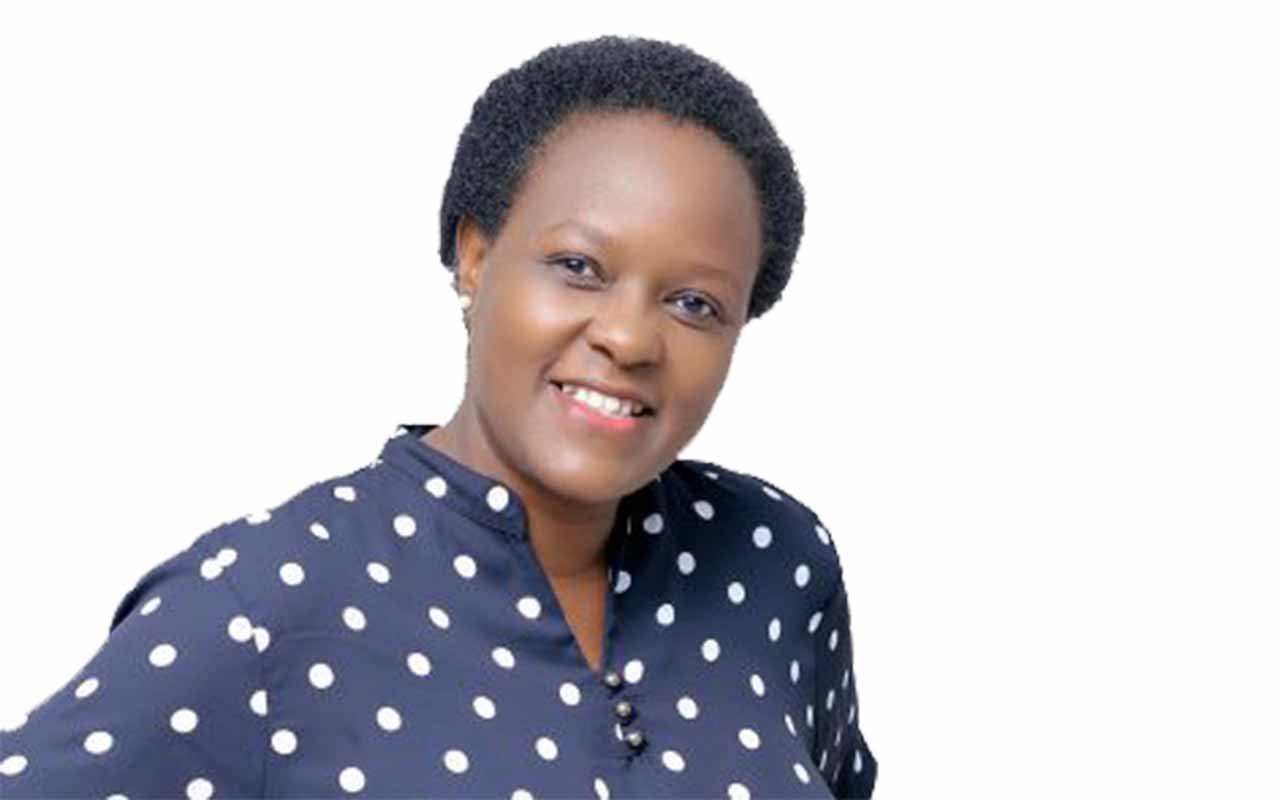Make social protection handy in informal sector

What you need to know:
However, even in the formal sector, the social protection uptake for women is still low as compared to their male counterparts. For instance, National Social Security Fund (NSSF) stands at 53 per cent for male and 47 per cent female, respectively
Moreover, the representation of women in labour and particularly in top leadership roles, is still low where men are preferred even in scenarios when women possess equally desirable qualifications. This is partly because society still regards women as secondary citizens.
As the world prepares to commemorate the World Women’s Day 2019, under the theme: ‘Empowering women through innovative approaches to social protection; a prerequisite for inclusive and sustainable development’, it is critical to note that the labour force in the informal sector stands at 90 per cent, according to the Uganda National Household Survey, 2016/17 in Uganda.
More so, 61 per cent of those in all forms of employment are said to be engaged in vulnerable employment, with 71 per cent of these being women. Much as the Sustainable Development Goal 8.8 decrees that countries protect labour rights and promote safe and secure working environments for all workers, including migrant workers, particularly women migrants, and those in precarious employment, Uganda continues to grapple with lack of more inclusive and diverse workplaces; equal pay for work of equal value; maternity protection; employment of persons with disabilities and the minimum social protection standards, among others.
The situation has been exacerbated by the bigger part of the informal sector not being insufficiently supported by government, not regulated and often characterised with non-compliance with the basic labour and employment standards leading to multiple rights violations and abuses of workers in this sector. The working conditions in which most of the workers operate are also synonymous with meagre earnings, low productivity and hazardous conditions of work that undermine workers’ fundamental rights.
In addition, there is increased non-compliance by employers in the private companies such as security companies, private schools, and factories among others, to adhere to the employment and labour standards as outlined in the Employment Act 2006 and the International Labour Convections, which is typical for limited awareness and appreciation of labour law provisions that predisposes workers to unfair terms of employment.
Besides, statistics continue to reveal that women constitute the poorest of the world’s poor, and even those in employment are faced with numerous barriers that hinder their full potential to contribute to national economy. Women in the labour market are faced with a number of problems that range from gender inequality, discrimination, exposure to precarious work and sexual harassment which marginalises them further.
Similarly, the reproductive role of women to many of the employers has been labelled an inconvenience with an insinuation that some entitlements such maternity provisions impact negatively as on their overall productivity and many times, women in the reproductive age bracket have been marginalised, and at worst unfairly terminated during the course of their employment as they are busy nursing their young ones.
Moreover, the representation of women in labour and particularly in top leadership roles, is still low where men are preferred even in scenarios when women possess equally desirable qualifications. This is partly because society still regards women as secondary citizens.
When it comes to social protection, women still lag behind due to the natural, health and economic risk factors they face. The common forms of social preserves are contributory and primarily accessed through formal employment. This makes it very difficult to be accessed by majority of the workers in informal settings where women are still the majority. However, even in the formal sector, the social protection uptake for women is still low as compared to their male counterparts. For instance, National Social Security Fund (NSSF) stands at 53 per cent for male and 47 per cent female, respectively.
The different government ingenuities to address social protection such as the Ministry of Gender, Labour and Social Development’s Uganda Women Entrepreneurship Programme and the Youth Livelihood Fund, Uganda Retirement Regulatory Authority-(URBRA), The Social Assistance Grants for Empowerment (SAGE) and those in the private sector have also not ably addressed the chronic poverty and vulnerability for both the poor men and women in Uganda.
This calls for a deliberate effort to create flexible and accessible spaces to expand social protection in terms of sustainable financing, inclusiveness through a combination of economic planning and growth, domestic resource mobilisation, and most importantly, to advocate for voluntary contributory initiatives such as in the health sector, more enrolment in the business bodies such as Kacita, and retirement package, among others. Otherwise, sustainable development may be far from reach unless there is equity, equality and decent work opportunities for all Ugandans.
Ms Iyamuremye is the advocacy and
communications officer for Platform
for Labour Action-PLA




